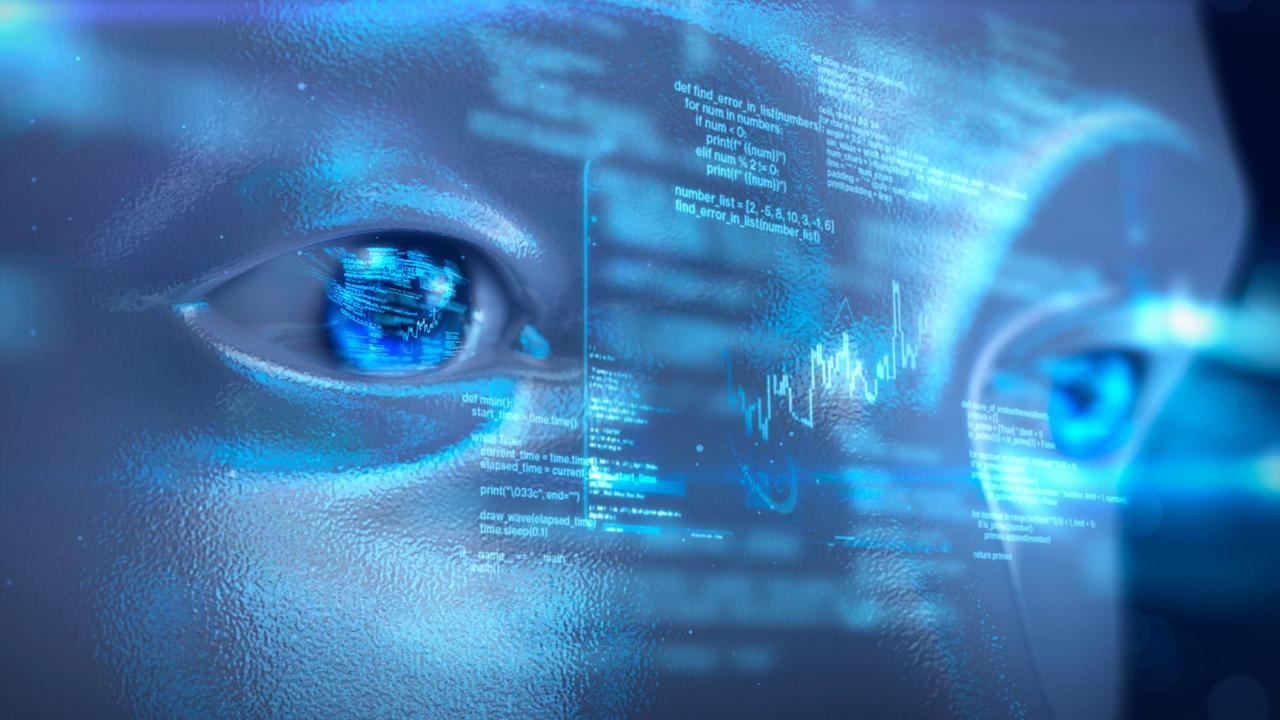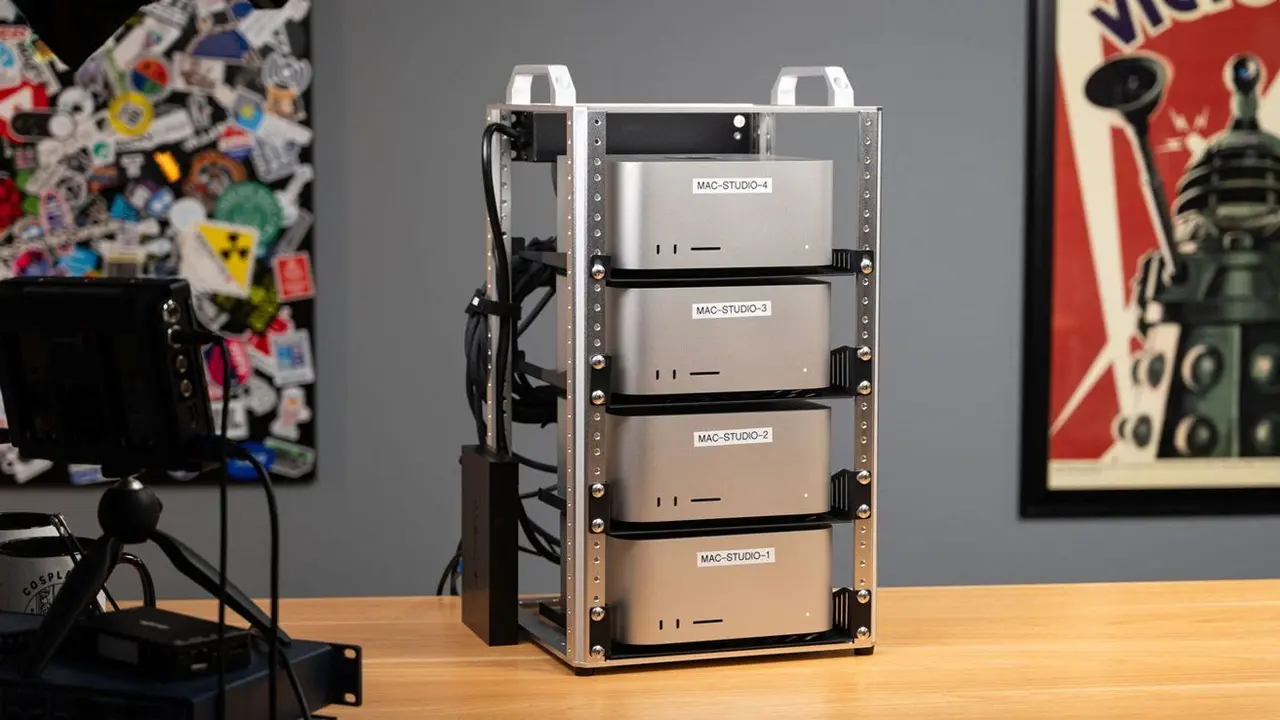AI Set to Revolutionize Global Trade, WTO Report Predicts 40% Growth by 2040
7 Sources
7 Sources
[1]
AI set to transform global trade, says World Trade Organization report
GENEVA, Sept 17 (Reuters) - Artificial intelligence could boost the value of trade in goods and services by nearly 40% by 2040, but without adequate policies it could also exacerbate economic divides, a new World Trade Organization report warned on Wednesday. Lower trade costs and enhanced productivity could drive substantial increases in trade and GDP by 2040, with global trade projected to rise by 34-37% under various scenarios, according to the WTO's World Trade Report. Global GDP could also increase by 12-13%, it said. "AI could be a bright spot for trade in an increasingly complex trading environment," said the Deputy Director General of the WTO, Johanna Hill, commenting on the annual report that analyses trends in the multilateral trading system. Acknowledging current turbulence in the world trading system, Hill noted that AI was reshaping the future of the global economy and international trade, with the potential to reduce trade costs and boost productivity. Global trade rules, governed by the Geneva-based watchdog, have faced major disruption this year following a slew of tariffs by U.S. President Donald Trump's administration. The report highlighted how businesses could reduce costs in logistics, regulatory compliance and communications. "AI-driven translation technologies can make communication faster and more cost-effective, particularly benefiting small producers and retailers by enabling them to expand into global markets," the report said. Such advancements could help increase export growth in low-income countries by as much as 11%, provided they improved their digital infrastructure. However, the report cautioned that without targeted investment and inclusive policies, AI could deepen existing divides. "The effects of the development and deployment of AI are raising concerns that many workers, and even entire economies, could be left behind," the report said. To ensure the benefits of AI were shared widely, predictable trade supported by WTO rules and lower tariffs on raw materials essential for AI technologies, including semiconductors, were crucial, it added. Reporting by Olivia Le Poidevin; Editing by Alex Richardson Our Standards: The Thomson Reuters Trust Principles., opens new tab
[2]
AI may boost global trade value by nearly 40%: WTO
Geneva (AFP) - Artificial intelligence could boost the value of global trade by almost 40 percent by 2040 thanks to cost reductions and productivity gains, the World Trade Organization said Wednesday. In its latest annual World Trade Report, the WTO identified AI as one of the few bright spots as the global trading system has been upended by the United States slapping high tariffs on its trading partners. "AI holds major promise to boost trade by lowering trade costs and reshaping the production of goods and services," WTO chief Ngozi Okonjo-Iweala said while presenting the report. She said WTO simulations suggest AI could increase exports of goods and services by nearly 40 percent above current trends. However, much like the technology threatens to disrupt labour markets, a lack of proper policies could see lower income countries miss out on the opportunities. "One important question is whether AI will lift opportunities for all, or whether it will deepen existing inequalities and exclusion," Okonjo-Iweala said. If lower-income economies fail to bridge the digital divide, WTO economists calculate they would see only an eight percent gain in incomes by 2040, far below the 14 percent gain in higher-income economies. However, if they narrow the digital infrastructure gap by 50 percent and adopt AI more widely they could match the gains in higher-income countries. "With the right mix of trade, investment and complementary policies, AI can create new growth opportunities in all economies," Okonjo-Iweala said. At the same time, the WTO found that countries are applying more restrictions on the trade of AI-related goods. Nearly 500 restrictions were in place last year, mostly by higher- and medium-income economies. That compares to 130 restrictions in 2012.
[3]
AI's boost to global trade set to surge by 2040, but the WTO has a warning
Lower trade costs and enhanced productivity could drive substantial increases in trade and GDP by 2040, with global trade projected to rise by 34-37% under various scenarios, according to the WTO's World Trade Report. Global GDP could also increase by 12-13%, it said. "AI could be a bright spot for trade in an increasingly complex trading environment," said the Deputy Director General of the WTO, Johanna Hill, commenting on the annual report that analyses trends in the multilateral trading system.
[4]
AI use can boost global trade by around 40% by 2040, GDP by 12-13%: WTO
New Delhi: The use of Artificial Intelligence (AI) can boost global trade projected by 34-37% by 2040 and generate substantial global GDP increases ranging from 12-13% across different scenarios, the World Trade Organization (WTO) said in its World Trade Report 2025 Wednesday. To explore the potential of AI, WTO economists ran simulations of different scenarios based on whether lower-income economies are able to narrow the gap with the infrastructure and technology levels of higher-income economies. In a scenario in which lower-income economies are unable to catch up, they would see their incomes rise by 8% by 2040, below the 14% gains of high-income economies. However, in a scenario of partial convergence, in which these economies close their digital infrastructure gap with high-income economies by 50% and adopt AI more widely, their income growth could reach 15%. The largest growth occurs in the trade of digitally deliverable services- 42% including AI services. This trade increase reflects reduced operational trade costs, strong projected growth of AI services combined with the high tradability of AI services, related to its geographic concentration of production in a few regions, and the above-average productivity growth in more tradable sectors, in particular digitally deliverable services. "WTO simulations suggest that the use of AI could boost goods and services trade by nearly 40% by 2040," said WTO director general Ngozi Okonjo-Iweala. As per the report, the share of global subsidies targeting AI-related products has increased considerably since 2010, exceeding 15% at its recent peak. High-income and upper middle-income economies account for over 98% of these measures, and this demonstrates that there is a substantial risk of further concentration of AI capabilities. "However, the effects of the development and deployment of AI are raising concerns that many workers, and even entire economies, could be left behind...This exclusion has much to do with today's tensions around trade," Okonjo-Iweala. cautioned. The 2025 WTO-ICC survey results show that only 41% of small firms report using AI, compared to over 60% of large firms. Among low-income and lower middle-income economies, fewer than one-third of firms use AI. The number of economies adopting at least one AI-related IP policy rose to 140 in 2024 from 41 in 2017 but significant disparities remain across income groups. WTO analysis shows that a 10% increase in digitally deliverable services trade is associated with a 2.6% increase in AI patent citations across borders, according to the report. WTO noted that AI tools are already enhancing trade efficiency by improving visibility within supply chains, automating customs clearance, reducing language barriers, strengthening market intelligence, improving contract enforcement and helping firms, including MSMEs, to navigate complex regulations. Among firms currently using AI, nearly 90% report tangible benefits in trade-related activities, and 56% report that it has enhanced their ability to manage trade risks. AI uptake scenarios The impact of AI on inclusive growth will depend on how the digital divide across economies - which includes disparities in digital infrastructure, capabilities and hardware- is addressed, and on how the technology spreads globally, WTO said, as it simulated four AI uptake scenarios to capture different degrees of policy and technological catch-up between economies, and the differences between scenarios were substantial. In the benchmark scenario, where low-income economies do not catch up with high-income economies in terms of digital technology and infrastructure, high-income economies see their incomes rise by 14%, compared to 11% for middle-income economies and 8% for low-income economies. "However, this gap narrows considerably if digital infrastructure improves in low- income economies, with income growth projected at 11% for low-income economies, and 12% in both middle- and high-income economies," the WTO said. Meanwhile, in a scenario that includes improvements in both infrastructure and broad AI adoption, low- lincome and middle-income economies are projected to benefit even more, with GDP gains rising to 15% for low-income economies and to 14% for middle-income economies. Wages impact As a result of the shift in tasks from human labour to AI, the skill premium, measuring the ratio of wages of high-skilled relative to low-skilled workers, could decline slightly. Globally, while the real wages of all labour groups are expected to rise, the skill premium is projected to decline by 3-4% across various scenarios. "The overall narrowing of the wage premium reflects the fact that the task substitution from human labour to AI is more pronounced for medium-skilled and high-skilled occupations than for low-skilled ones, meaning that the relative demand for medium-skilled and high- skilled labour declines" it said. WTO simulations show that the rental rate on capital - that is, the cost of using capital inputs - rises significantly relative to wages, by about 14 percentage points. This is mainly because AI services both substitute for labour and rely heavily on capital. As a result, demand for capital increases more than demand for labour, pushing up the rental rate on capital. Market access As global AI governance continues to shape up, the WTO said it could help to guide its development to ensure that trade supports broader access to AI, through improved market access for AI-related goods and services and greater transparency and dialogue on trade-related AI policies. "For instance, market access for AI-enabling goods remains uneven, with bound tariffs reaching up to 45% in some low-income economies," it said, adding that broader participation in the Information Technology Agreement and updated GATS commitments would contribute to making AI more affordable. However, striking an appropriate balance between these binding commitments - aligned with each WTO member's implementation capacity - and policy flexibility is essential to maintain the predictability that credible commitments provide, while promoting more inclusive AI outcomes.
[5]
AI to Boost Global Trade by 37% Over the Next 15 Yrs, Says WTO
Artificial intelligence (AI) can lead to a noteworthy rise of around 34-37% in global trade in the next 15 years, as per a World Trade Organisation (WTO) report titled 'Making trade and AI work together to the benefit of all'. Furthermore, global GDP (Gross Domestic Product) can witness a 12-13% rise across different scenarios based on different degrees of policy and technological catch-up between low, middle, and high-income economies Meanwhile, trade can be an effective enabler of inclusive, AI-supported growth by helping economies get access to AI-enabling goods, such as raw materials, semiconductors and intermediate inputs. "With the right mix of trade, investment and complementary policies, AI can create new growth opportunities in all economies. [And] with the right frameworks, trade can play a central role in making AI work for all," WTO Director-General Ngozi Okonjo-Iweala remarked. At the same time, she acknowledged that access to AI on the global level today remains highly fragmented. "AI has vast potential to lower trade costs and boost productivity. However, access to AI technologies and the capacity to participate in digital trade remain highly uneven," Okonjo-Iweala added. In this regard, the WTO report suggests that AI's impact on inclusive growth will depend on how this digital divide is addressed and how the technology spreads globally. The report also notes that AI-driven trade's cost reductions and productivity gains can translate into a rise in global trade and income. However, it also takes into account the fact that AI can displace workers by automating their tasks or occupations. The WTO report says that AI can help reduce trade costs by optimising logistics, streamlining regulatory compliance and contract enforcement, reducing language barriers, enhancing global communication, and improving search and matching processes between suppliers and buyers. With respect to optimising logistics, AI can assist in detecting or predicting demand surges and bottlenecks in international supply chains. It can also assess the resilience of supply networks and reduce trade disruptions caused by unexpected events. For instance, AI can provide real-time visibility of the entire supply chain by integrating data from suppliers, manufacturers, logistics providers and customers, thereby allowing a quicker response when disruptions occur. Moving on, AI can also help facilitate regulatory compliance via automating and streamlining customs clearance processes and navigating complex trade regulations along with compliance requirements. For example, AI-powered solutions tackle the complexities of reporting and complying with the EU's Carbon Border Adjustment Mechanism (CBAM) by integrating machine learning into a data management platform to help collect, manage and report emissions data more efficiently. Elsewhere, AI-driven translation technologies can make communication faster and more cost-effective, benefiting small producers and retailers, particularly by enabling them to expand into global markets. Many studies have also found that eliminating language barriers has a positive effect on trade activities. For example, a study of eBay's Machine Translation (eMT) programme found that eMT increased US exports to Spanish-speaking Latin American countries by 17.5% in terms of quantity and 13.1% in terms of revenue. And AI can also help improve search and matching processes for suppliers and buyers, enhancing communication efficiency and reducing reliance on long-term relationship-building for coordination and reliability. In addition, it can support compliance with due diligence requirements by automating tracking, data collection and reporting. Among all sectors, the largest growth occurred in the digitally deliverable services sector, which includes AI services. This high growth statistic (up to 42%) highlights rapid AI expansion,, which makes this particular sector responsive to productivity gains and trade cost reductions. For context, many AI applications cross international borders via digital networks: this consequently enables regions with limited domestic capacity to access advanced AI technologies. Trade in digitally deliverable services has thus become a key channel for the international diffusion of AI capabilities. And WTO analysis illustrates that economies which are more open to trade experience stronger innovation spillovers. To explain, a 10% rise in digitally deliverable services trade is associated with a 2.6% increase in cross-border AI patent citations: when one patent filed to protect intellectual property rights references another.
[6]
AI could lift global trade flows by nearly 40% by 2040: WTO
Image: Getty Images/ For illustrative purposes Artificial intelligence (AI) could boost the value of cross-border flows of goods and services by almost 40 per cent by 2040 if supported by the right enabling policies, according to the World Trade Organization's (WTO) 2025 World Trade Report published on Thursday. The WTO Secretariat's flagship publication said productivity gains and lower trade costs from AI could drive significant increases in both trade and global output. Under different scenarios, global trade is projected to expand by 34 per cent to 37 per cent by 2040, while global GDP could rise by 12 per cent to 13 per cent. "AI has vast potential to lower trade costs and boost productivity. However, access to AI technologies and the capacity to participate in digital trade remains highly uneven," WTO DG Ngozi Okonjo-Iweala said in the foreword to the report. AI can create new opportunities, says WTO "With the right mix of trade, investment and complementary policies, AI can create new growth opportunities in all economies. With the right frameworks, trade can play a central role in making AI work for all. The WTO is committed to supporting this effort," she added. The report highlights that trade can be a powerful enabler of AI-supported growth by helping economies access AI-enabling goods such as raw materials, semiconductors and intermediate inputs. Trade in such goods reached $2.3tn in 2023, the WTO said. According to one scenario in the report, if low- and middle-income economies narrow their digital infrastructure gap with high-income economies by half and adopt AI more widely, their incomes could rise by 15 per cent and 14 per cent respectively. The report also warned of challenges, noting that quantitative restrictions applied to AI-related goods rose from 130 in 2012 to nearly 500 in 2024, largely driven by high- and upper middle-income economies. Bound tariffs on AI-enabling goods remain as high as 45 per cent in some low-income countries. The WTO said education, training and labour market policies will be critical to prevent AI from widening inequality within economies. The organisation underlined its role in fostering inclusive access to AI, noting that WTO members have raised 80 specific trade concerns related to AI. Dedicated discussions have also taken place under the Work Programme on E-Commerce. Further commitments, including broader participation in the WTO's Information Technology Agreement and updated commitments under the General Agreement on Trade in Services, could make AI more affordable and accessible worldwide, the report said.
[7]
AI may boost global trade value by nearly 40 per cent: WTO
Artificial intelligence could boost the value of global trade by almost 40 per cent by 2040 thanks to cost reductions and productivity gains, the World Trade Organization said Wednesday. In its latest annual World Trade Report, the WTO identified AI as one of the few bright spots as the global trading system has been upended by the United States slapping high tariffs on its trading partners. "AI holds major promise to boost trade by lowering trade costs and reshaping the production of goods and services," WTO chief Ngozi Okonjo-Iweala said while presenting the report. She said WTO simulations suggest AI could increase exports of goods and services by nearly 40 per cent above current trends. However, much like the technology threatens to disrupt labour markets, a lack of proper policies could see lower income countries miss out on the opportunities. "One important question is whether AI will lift opportunities for all, or whether it will deepen existing inequalities and exclusion," Okonjo-Iweala said. If lower-income economies fail to bridge the digital divide, WTO economists calculate they would see only an eight per cent gain in incomes by 2040, far below the 14 per cent gain in higher-income economies. However, if they narrow the digital infrastructure gap by 50 per cent and adopt AI more widely they could match the gains in higher-income countries. "With the right mix of trade, investment and complementary policies, AI can create new growth opportunities in all economies," Okonjo-Iweala said. At the same time, the WTO found that countries are applying more restrictions on the trade of AI-related goods. Nearly 500 restrictions were in place last year, mostly by higher- and medium-income economies. That compares to 130 restrictions in 2012.
Share
Share
Copy Link
The World Trade Organization's latest report highlights AI's potential to significantly boost global trade and GDP. However, it warns of potential economic divides if adequate policies are not implemented.
AI's Transformative Impact on Global Trade
The World Trade Organization (WTO) has released its World Trade Report for 2025, highlighting the transformative potential of Artificial Intelligence (AI) in reshaping global trade dynamics. The report projects a significant boost to the value of trade in goods and services, estimating an increase of nearly 40% by 2040
1
.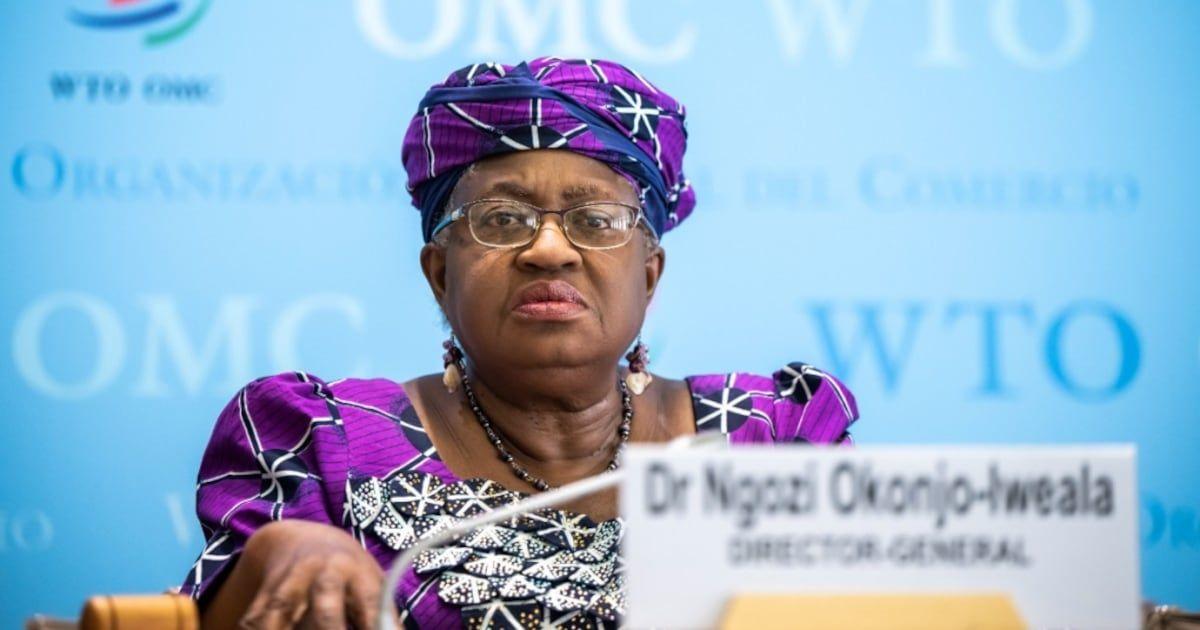
Source: BNN
Projected Growth and Economic Impact
According to the WTO's simulations, global trade is expected to rise by 34-37% under various scenarios by 2040. This substantial increase is attributed to lower trade costs and enhanced productivity driven by AI technologies. Alongside trade growth, the report forecasts a 12-13% increase in global GDP
2
.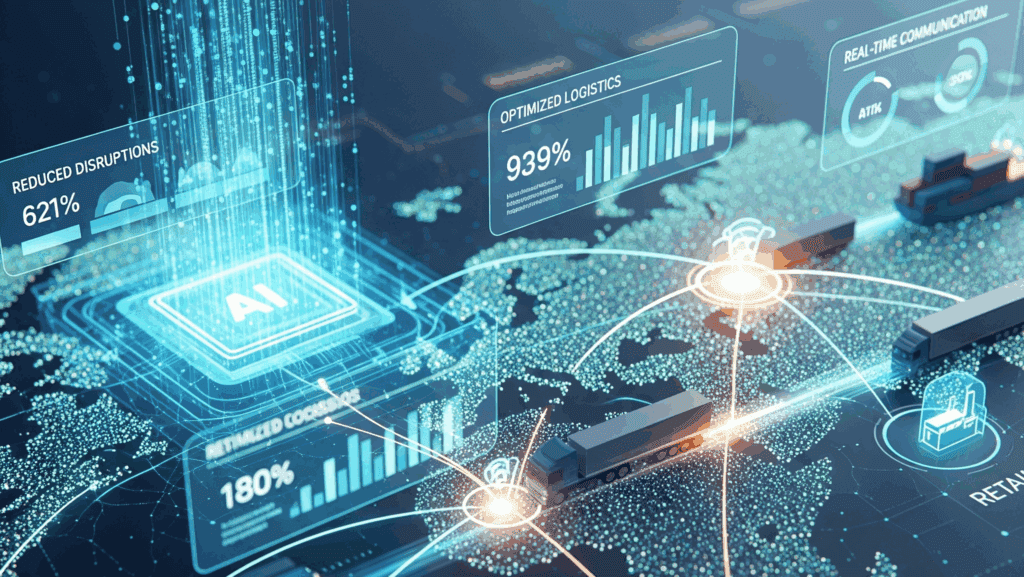
Source: MediaNama
Sector-Specific Growth and AI Applications
The largest growth is projected in the trade of digitally deliverable services, including AI services, with an estimated increase of 42%. This sector's high growth reflects reduced operational trade costs, strong projected growth of AI services, and above-average productivity growth in more tradable sectors
4
.AI's Role in Trade Efficiency
AI tools are already enhancing trade efficiency across various domains:
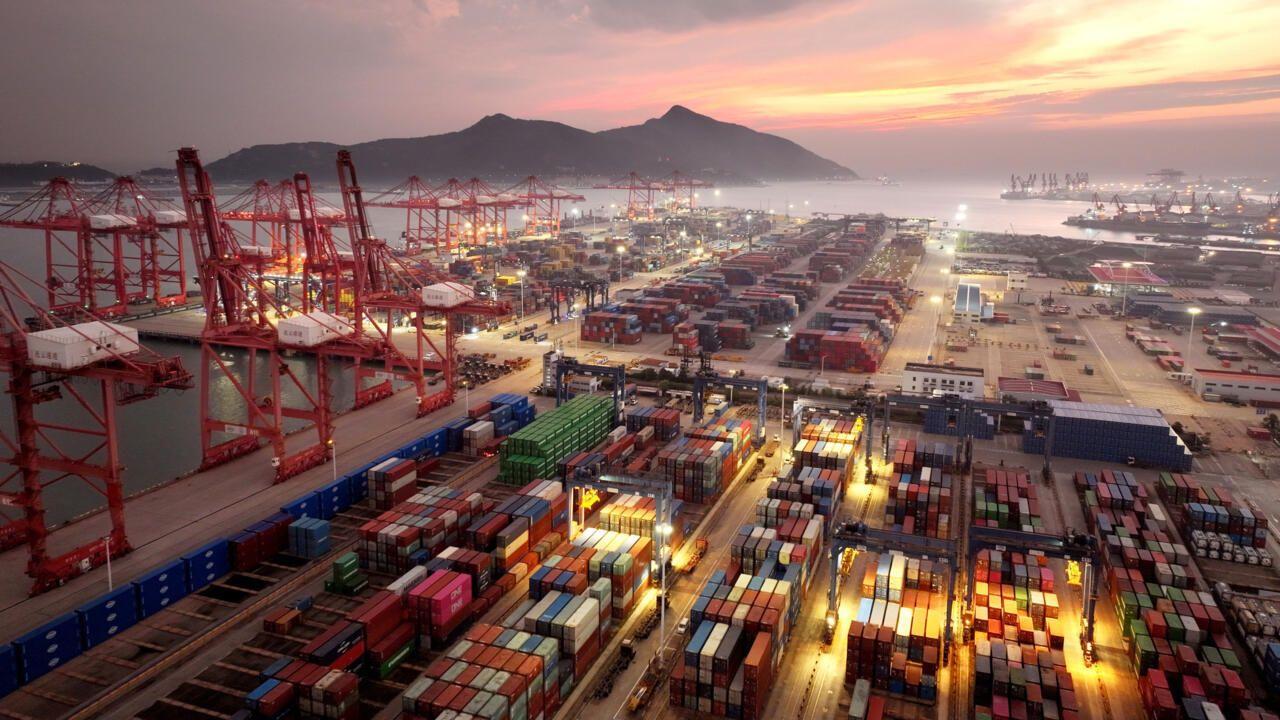
Source: France 24
- Supply Chain Management: Improving visibility and automating customs clearance
5
. - Language Barriers: AI-driven translation technologies making communication faster and more cost-effective
1
. - Market Intelligence: Strengthening market insights and helping firms navigate complex regulations
5
.
Related Stories
Potential Challenges and Economic Divides
While the overall outlook is positive, the WTO report cautions about potential challenges:
- Digital Divide: Without targeted investment and inclusive policies, AI could deepen existing economic divides
1
. - Income Disparities: In a scenario where lower-income economies fail to bridge the digital divide, they would see only an 8% gain in incomes by 2040, compared to a 14% gain in higher-income economies
2
. - Trade Restrictions: Nearly 500 restrictions on AI-related goods trade were in place last year, mostly by higher- and medium-income economies
2
.
Policy Recommendations
To ensure the benefits of AI are shared widely, the WTO emphasizes the need for:
- Predictable trade supported by WTO rules
- Lower tariffs on raw materials essential for AI technologies, including semiconductors
- Targeted investment and inclusive policies to bridge the digital divide
1
2
.
As AI continues to reshape the future of the global economy and international trade, the WTO report underscores the importance of balanced policies to harness its potential while addressing potential inequalities.
References
Summarized by
Navi
[2]
Related Stories
Recent Highlights
1
Google launches Gemini 3 Flash as default AI model, delivering speed with Pro-grade reasoning
Technology

2
OpenAI launches GPT Image 1.5 as AI image generator war with Google intensifies
Technology

3
OpenAI launches ChatGPT app store, opening doors for third-party developers to build AI-powered apps
Technology



